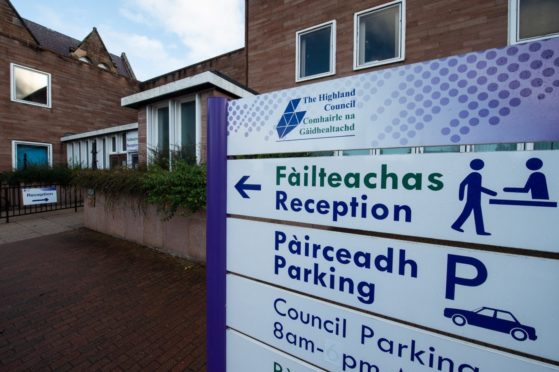The Internet of Things (IoT) is coming to Highland Council’s estate as part of a £400,000 project between the council and leading IoT service and solutions provider, North.
The project will use Scotland’s national IoT network, IoT Scotland, along with smart IoT sensors to collect data and gain insights on council buildings including CO2 levels, temperature and humidity, ventilation, electricity consumption and light levels.
The data will be used by the council to reduce costs and carbon emissions, while improving the environment for young people, elderly care home residents, members of the local community, and council staff.
Highland Council is responsible for a large number of remote buildings which can now be monitored from a centralised point across the IoT network, reducing unnecessary journeys and enabling better use of resources.
North has supplied its data enablement platform which decodes, stores, visualises and shares information from the sensors, providing the council and its partners with a rich set of data, enabling them to better model building use, identify issues and deliver a more comfortable environment whilst controlling costs.
CO2 levels can be measured providing an indication of air quality within a building or room.
This is particularly relevant amid the current pandemic to ensure that the circulation of stale and fresh air is monitored to combat spreading grounds for viruses such as Covid-19.
Populated areas such as classrooms can also be prone to high levels of CO2, which can affect concentration and work levels.
The new sensor technology will allow carbon dioxide levels to be regularly monitored and reported, enabling the council to make any changes required to address this.
The sensors will show the usage pattern of each building and the rooms within it, enabling a more tailored and accurate remote control over maintenance, such as heating and lighting, to ensure systems are turned off when not in use.
Temperature and humidity sensors will allow the council to improve the environment within each building and increase comfort for users, prevent frost damage during winter, and detect conditions which could cause damp and mould.
North’s IoT Scotland network, part funded by the Scottish Government, is the most advanced IoT network in the UK. It is a Smart Building – Smart Cities project procured with the assistance of funding from the European Rural Development Fund (ERDF).
Alasdair Rettie, group technical director at North, said: “This project is an excellent example of the ways in which IoT technology can transform how we live and work.
“The Highland Council smart buildings project will not only offer benefits in terms of cost savings and a more sustainable way of working, but will enable the council to provide the public with a better experience whilst gathering the real time data to maintain a healthy and pleasant environment.
“There are distant council buildings across the Scottish Highlands which can now be brought together through remote connectivity and control, using smart data to provide exceptional service to all destinations no matter how isolated they may be.”
Councillor Trish Robertson, chairwoman of the council’s climate change working group said: “North have supplied us with a large number of monitoring devices which will allow us to monitor activity in our large estate, and inform decisions on how to manage our buildings in a more energy efficient way.
“Alongside the hardware supplied, North have also been very proactive in supplying training and technical support to our project team.”
Scottish Government connectivity minister, Paul Wheelhouse said the smart building project will ensure council buildings and their services will be safe for people to use.
“This is a great opportunity for Highland Council to embrace future-proofed Internet of Things and data driven technologies, and as we move towards becoming a carbon neutral nation, applications like this will help reduce our carbon footprint, paving a way for Scotland to meet its green energy low carbon ambitions.”










